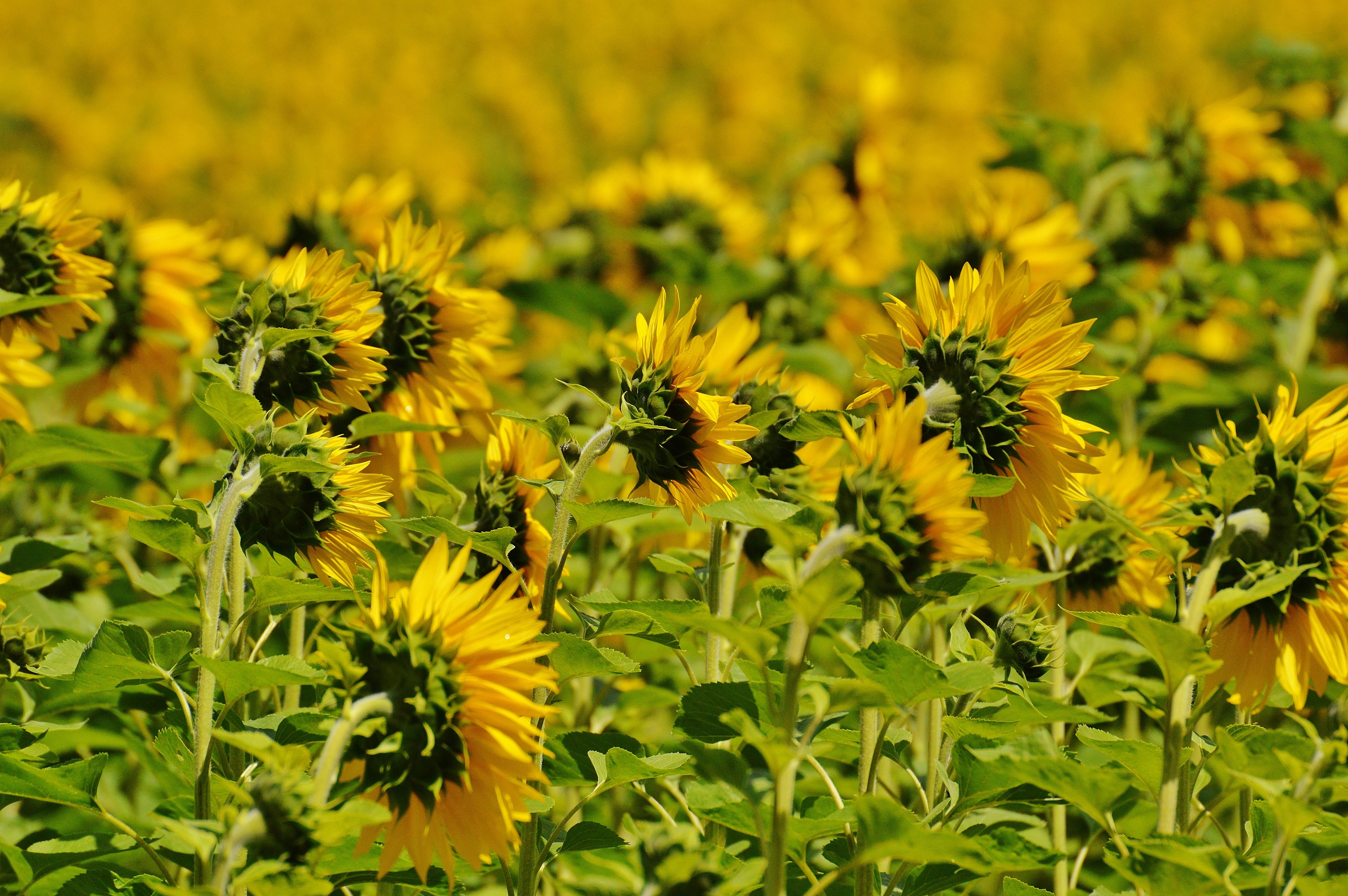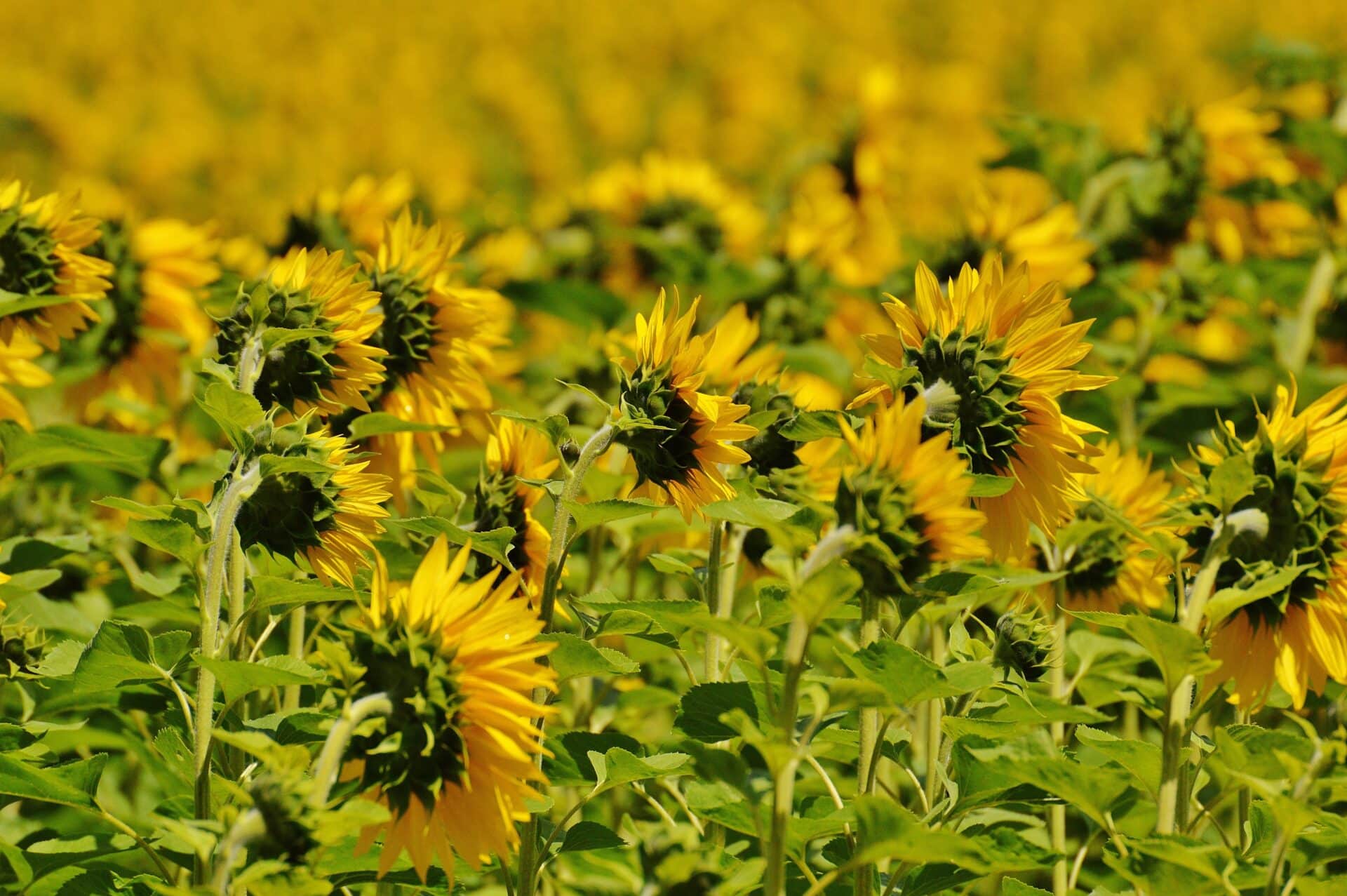Strawberry plants are a widely popular and delicious fruit, and they are also surprisingly easy to grow. Many people wonder if they will come back every year, and the answer is yes! Strawberry plants are perennials, meaning they come back year after year with minimal effort from the gardener. They have a natural ability to spread and return each spring with greater yields than before. This article will explain how strawberry plants come back every year and what you can do to ensure an abundant harvest.Yes, strawberry plants come back every year. Strawberries are perennial plants, meaning they will continue to regenerate in the same spot year after year. In most regions, strawberry plants live for two to three years before they must be replaced.
How Long Do Strawberry Plants Last?
Strawberry plants typically last between three and five years, depending on the variety and the growing conditions. The most common type of strawberry plant is the June-bearing variety, which produces a single crop of strawberries during the late spring or early summer. Everbearing strawberries produce a smaller crop in spring and then several more crops throughout the summer. Day-neutral varieties can produce fruit from spring through fall with proper care.
Strawberry plants can be renewed by removing old runners and pruning out dead or diseased leaves in early spring when new growth begins. If left unchecked, the plant can become overgrown and can suffer from diseases or insect infestations, resulting in decreased yields or plant death.
The best way to ensure that strawberry plants last for many years is to practice proper maintenance such as weeding, fertilizing, and pest control. Planting disease-resistant varieties and rotating crops on a regular basis can also help extend the life of strawberry plants. Additionally, providing adequate water during dry periods and ensuring good air circulation around the plants helps keep them healthy and productive for a longer period of time.
In short, with proper care and maintenance, strawberry plants can last for up to five years before needing to be replaced with new ones. Keep an eye out for signs of disease or pests, practice good maintenance techniques like pruning and weeding, fertilize regularly, rotate crops periodically, provide adequate water during dry spells, and plant disease-resistant varieties to help extend your strawberry plant’s life span so you can enjoy fresh fruit for many seasons to come!
Watering
The key factor to keeping your strawberry plant lasting longer is ensuring that it receives adequate water. Water your plants regularly, especially during dry spells, and make sure the soil stays damp. If the soil is too wet, it should be allowed to dry out before you water again. Too much water can cause root rot, which will shorten the life of your plant. You can also add mulch around the plant to help keep moisture in the soil.
Fertilizing
Fertilizing your strawberry plant can help promote healthy growth and increase its lifespan. Use a balanced fertilizer with a higher nitrogen content for best results. Follow the directions on the package for how often and how much fertilizer to use so that you don’t over-fertilize. Too much fertilizer can also damage the roots and reduce the life of your plant.
Pruning
Pruning your strawberry plants can help them last longer by encouraging new growth and removing old or diseased foliage. Remove any dead or damaged leaves and stems as soon as possible, as this will help prevent diseases from spreading. You should also remove any flowers that appear after harvesting has finished, as this will reduce the amount of energy being used by the plant.
Weeding
Keeping weeds away from your strawberry plants is important for their longevity, as weeds can compete with your plants for nutrients and resources in the soil. Regularly check around the base of your plants for any weeds or invasive grasses and pull them out. Mulching around the base of your plants can also help keep weeds at bay.
Protection from Pests
Finally, protecting your strawberry plants from pests is essential for their long-term health and well-being. Monitor them regularly for signs of pests such as aphids or slugs, and take action if necessary using a pesticide that is safe to use on edible crops like strawberries.
Strawberry Plant Growth Conditions
Strawberry plants require certain conditions in order to grow and thrive. The soil should be well-draining and amended with organic matter such as compost or manure. A soil pH of 6.0 to 6.5 is ideal for strawberries, which prefer slightly acidic soils. The plants need full sun exposure for at least eight hours a day, so they should be planted in a sunny area with minimal shade. Proper watering is also essential; the soil should remain evenly moist but not soggy. Mulching the plants will help to retain moisture while protecting the roots from extreme temperatures and keeping weeds at bay. Fertilizing strawberry plants once a month with a balanced fertilizer will help promote healthy growth and abundant fruit production.
Should I Plant My Strawberry Plant in a Raised Bed?
Planting a strawberry plant in a raised bed is a great way to ensure that the soil surrounding the plant has good drainage and is free from weeds. Additionally, it helps to protect the strawberries from pests and diseases. The soil in a raised bed is typically of higher quality than in the ground, which can also help to increase yields. Raised beds are also easier to manage since they can be covered with plastic or another material to help keep out pests and retain moisture. Finally, raising the bed helps protect the plants from frost and other extreme weather conditions.
When choosing a location for your strawberry plant, it’s important to consider its needs for light, water, and soil type. If possible, choose an area that receives full sun for at least six hours per day. The soil should be well-draining and slightly acidic (pH 6-7). If you’re not sure about your soil type, you can have it tested before planting.
If you decide to plant your strawberry plant in a raised bed, make sure that it is at least six inches high and twelve inches wide. Fill the bed with potting mix or use composted manure as fertilizer. Be sure to water your plants regularly during dry periods. You can also cover the raised bed with plastic or other materials during cold months to help protect your plants from frost.
Overall, planting a strawberry plant in a raised bed can be beneficial if done correctly. It helps create better drainage and soil quality while protecting the plants from pests and diseases. It’s important to consider light, water, and soil type when choosing a location for your strawberry plant and make sure that the raised bed is at least six inches high and twelve inches wide. With proper care, your strawberry plants should flourish in their new home!

What Type of Soil is Best for Growing Strawberries?
Strawberries are one of the most popular and versatile fruits to grow in the home garden. A well-drained, high-quality soil is essential for successful strawberry cultivation. The ideal soil should have a pH level between 5.5 and 6.5, with plenty of organic matter to help with moisture retention. A sandy loam or loamy soil is best, as it provides good drainage and aeration while still holding enough moisture for the plants. Adding organic matter such as compost, aged manure, or leaf mould can be beneficial in improving the texture and fertility of the soil. Additionally, adding a slow-release fertilizer such as bone meal can provide long-term nutrition to your strawberry plants. It is important to test the soil pH before planting to ensure that it is within range for optimal growth.
It is also important to keep the soil moist but not waterlogged; mulching with straw or hay can help retain moisture and reduce weeds. Strawberries require at least six hours of direct sunlight per day, so it’s important to choose a sunny spot in your garden where they will get sufficient light. With the right preparation and care, you can harvest delicious strawberries from your own garden!
What Fertilizer Should I Use for My Strawberry Plant?
Fertilizing your strawberry plants is essential to ensure healthy and productive growth. To get the most out of your strawberry plants, it is important to choose the right fertilizer. The type of fertilizer you use will depend on the pH level of your soil, as well as the stage of growth of your strawberry plants.
For soil with a pH level between 5.5 and 6.5, use a balanced 10-10-10 fertilizer that contains equal parts nitrogen, phosphorus, and potassium. This type of fertilizer will provide all three essential nutrients for optimal growth. Avoid fertilizers that are high in nitrogen since this can reduce flowering and fruiting. If your soil has a higher pH level than 6.5, consider using an acidifying fertilizer or adding sulfur to reduce the pH level so you can use a balanced 10-10-10 fertilizer.
When fertilizing your strawberry plants, it is important to consider their stage of growth. For seedlings or newly planted strawberries, use a half strength of the recommended 10-10-10 formula until they are established in their new environment. Once they are established, you can gradually increase the strength of your fertilizer up to full strength for mature plants that are producing fruit or flowers.
It is also important to note that strawberry plants require additional nutrients beyond the basic three (nitrogen, phosphorus, and potassium). Consider using a balanced organic fertilizer that contains calcium and magnesium to help promote strong root development and healthy blooms and fruit production. Make sure to follow all directions when applying any type of fertilizer to achieve optimal results without damaging the plant’s roots or leaves.
How Often Should I Water My Strawberry Plant?
Watering your strawberry plant is an essential part of keeping it healthy and productive. The amount of water that your plant needs will depend on a number of factors, such as the climate you live in, the size and type of your strawberry plant, and the time of year. Generally speaking, most strawberry plants need to be watered about once a week during the growing season. It’s important to water deeply, so that moisture can reach down to the roots.
In hot climates, you may need to water your plants more frequently than this — up to two or three times a week — especially during periods of drought or extreme heat. If you find that the leaves are wilting or turning yellow, then it means that the plant needs more water. During cooler months, when your plants aren’t actively growing, they will require less water. Depending on how much rainfall is occurring in your area, once every two weeks may be enough.
It’s also important to keep an eye on soil moisture levels before watering. You don’t want to overwater your strawberries as this can cause root rot and other problems. Stick your finger into the soil about an inch deep and feel for moisture — if it’s still moist then you don’t need to water yet. If it feels dry then you should give your plants a good soak until water begins to drain out from the bottom of the pot or tray.
Overall, how often you should water your strawberry plant will depend on several factors like climate and time of year. As a general rule of thumb though, most strawberry plants need around an inch of water per week during their active growing season — but this can vary depending on local conditions and other considerations like pot size and soil type.

Conclusion
Strawberry plants are a great addition to any garden because of their hardy nature and delicious fruit. They are easy to grow, require minimal care, and come back every year. In addition, they are full of vitamins and minerals, making them a great addition to any diet. Strawberry plants can even be grown in containers on a patio or balcony if space is limited. Whether you purchase plants or propagate your own from runners, you can easily enjoy your own strawberries with minimal effort.
Ultimately, strawberry plants are a great choice for anyone looking for an easy-to-care-for plant that will give back year after year. With their sweet fruit and health benefits, these versatile plants can be enjoyed in a variety of ways and provide beauty to the garden as well.



